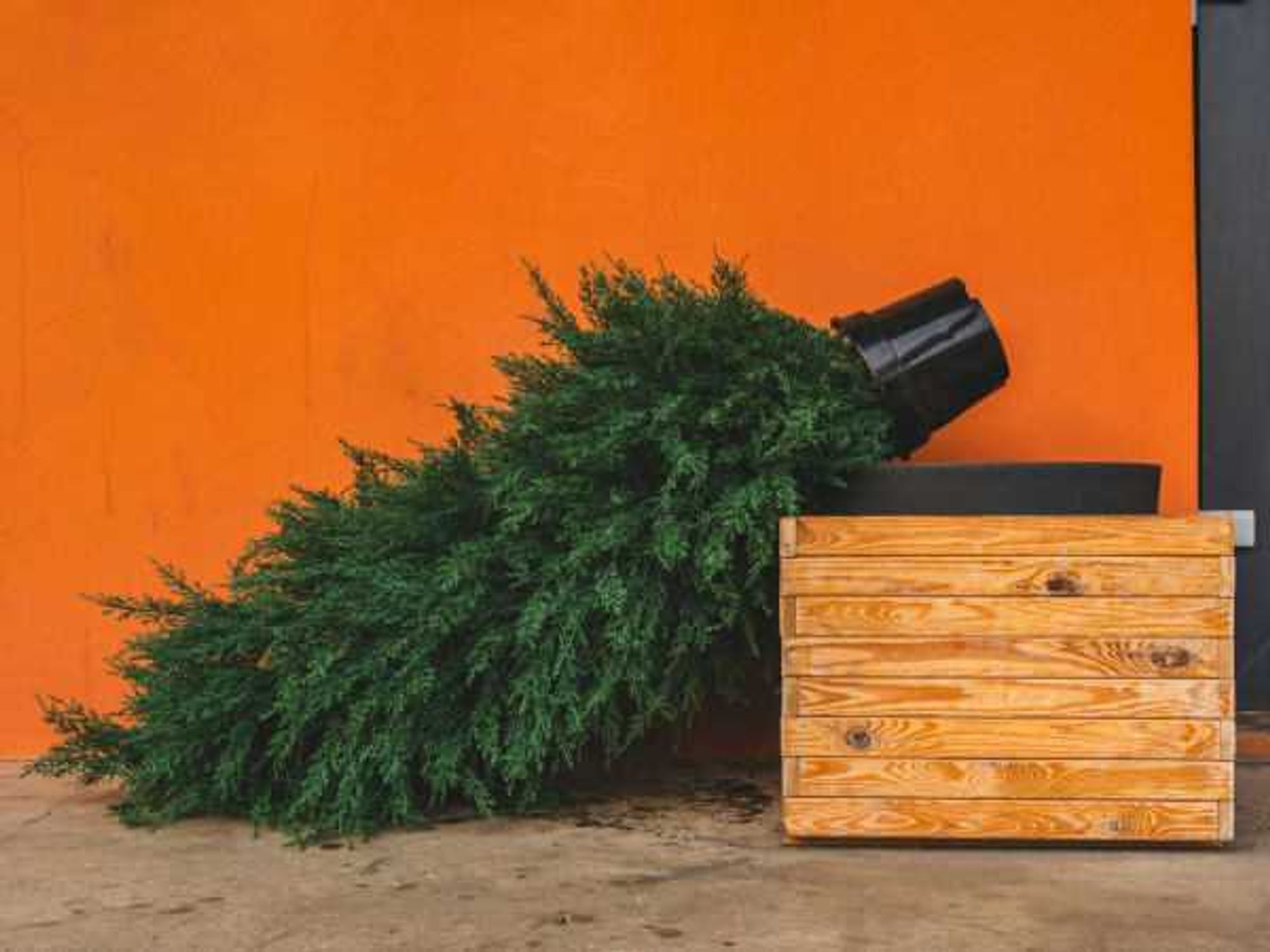History of Austin
The history of how 'Keep Austin Weird' became synonymous with the Capital City
A simple question asked by a radio host and a pointed answer from Austin Community College librarian Red Wassenich created the phrase now synonymous with Austin.
In 2000, Wassenich phoned into KOOP Radio's The Lounge Show to donate money. When the radio host asked why he was contributing, Wassenich replied, "I don't know. It helps keep Austin weird."
With that reply, a slogan was born, and Austin's international reputation for being weird, zany, and slightly off-kilter was established. (Upon reflection, Wassenich believes that Austin reached its weirdness heyday in the 1970s but admits that at that time he was in his 20s and "everyone thinks that in their early 20s.")
After the phrase began to spread, local businesses began to take notice and urge shoppers to "buy local." Steve Bercu, founder and co-owner of BookPeople and current board president for the Austin Independent Business Alliance, recalls that in 2002, as Keep it Weird was becoming an ethos for many Austinites, BookPeople and Waterloo Records created bumper stickers reading "Keep Austin Weird" along with the tagline "Support Local Businesses."
"We sponsored an economic analysis that showed there is 3.5 times the local economic impact when you shop locally as opposed to chain shopping," says Bercu. To date, there have been roughly 400,000 bumper stickers distributed by BookPeople and Waterloo Records.
Despite the city's growth and the near-constant debate about whether Austin is truly "weird," the mantra — and shop local mentality — has remained for nearly two decades and spread to other Central Texas towns. The use of bumper sticker slogans to market nearby suburbs ("Keep Round Rock Mildly Unusual" or "Pflugerville: Between a Rock and a Weird Place") can be seen on cars navigating up and down I-35.
Currently, the list of keeping Austin weird attractions is only limited by one's imagination. The city houses the HOPE Outdoor Gallery on Baylor Street (soon to relocate to East Austin); Chicken Shit Bingo at Ginny's Little Longhorn Saloon; the Cathedral of Junk constructed in a South Austin yard; Museum of the Weird; turtle racing at Little Woodrow's; a reverence — if not outright devotion— for Leslie, a former homeless cross-dresser who earned a cult following; the spectacle witnessing 1.5 million Mexican free-tailed bats emerge from Ann Richards Congress Avenue Bridge at dusk; and hidden speakeasies like Floppy Disk Repair (also known as the Red Headed Stepchild).
But as Austin grows, there is worry that the city is increasingly at risk for losing its weird vibe to commercialization and high-rise condos. But Wassenich isn't worried.
"A lot of the populace has an open attitude toward life and is friendly — that's still true I think," Wassenich says. "It ain't as funky as it used to be, but neither am I."
